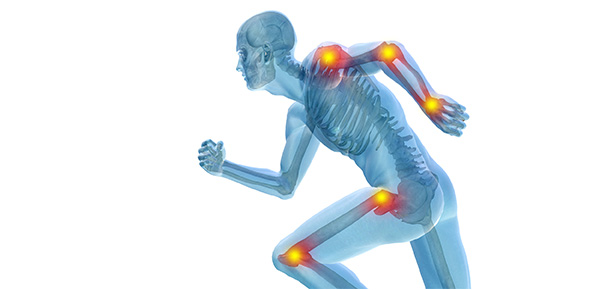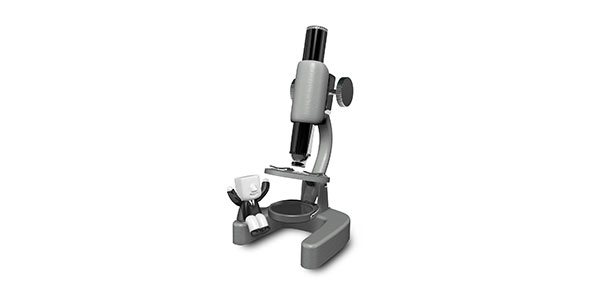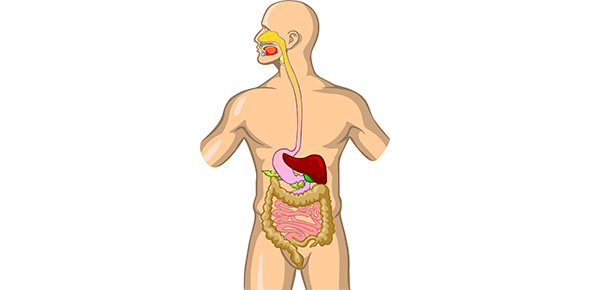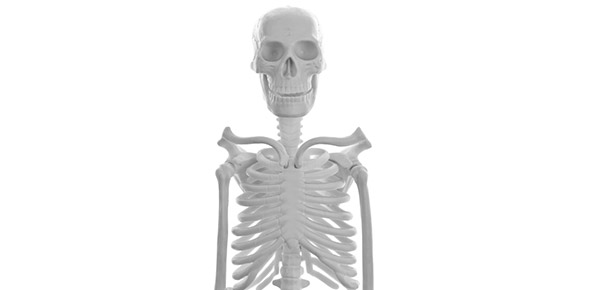Related Flashcards
Related Topics
Cards In This Set
| Front | Back |
|
Matter
|
All forms are composed of chemical elements
|
|
Protons
|
Positively charged. in nucleus
|
|
Neutrons
|
Neutrally charged, in nucleus.
|
|
Electrons
|
Negatively charged. outside the nucleus located on the valence shells in the electron cloud.
|
|
Atomic Number
|
Number of protons in an element
|
|
Mass Number
|
Sum of protons and neutrons which indicates its weight. always a whole number
|
|
Atomic Mass/Weight
|
the average mass of all naturally occurring isotopes, since this is an average it is not exactly a whole number.
|
|
Ions
|
Atoms that have given up or gained an electron in their outer valence shell.written with chemical sign and + or -
|
|
Molecules
|
Formed when atoms share electrons. ex.H2O, NaCl
|
|
Chemical Bond
|
The atoms of a molecule are held together by this force of attraction
|
|
Ionic Bond
|
Weaker bonding, dissolves easily.positively and negatively charged ions are attracted to one another.
ex. salt (NaCl) in water |
|
Cations
|
Positively charged ions that have given up one or more electrons(that are electron donors)
|
|
Anions
|
Negatively charged ions that have picked up one more more electrons that another atoms has lost
|
|
Covalent Bong
|
Strong bond. hard to pull apart.formed by the atoms of molecules sharing one, two, or three pairs of their valence electrons.most common in the human bodyhas single, double, and triple bonds.may be polar or nonpolar
|
|
Polar
|
Likes water. NaCl is an example
|








